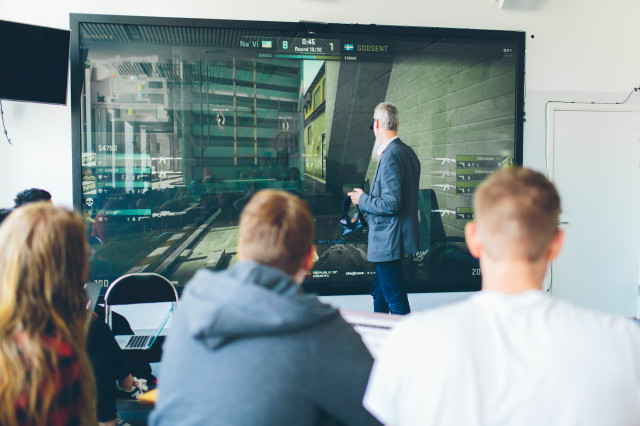Kursen ger studenten både praktiska och teoretiska kunskaper om tekniker, metoder, modeller, lagar/regler som gäller vid utredning av digitala brott eller incidenter.
Kursen behandlar bland annat följande:
- Forensikens historia
- Digital forensik och digitala bevis
- Den forensiska/incidenthanterande utredande processen
- Lagstiftning och internationella samarbeten inom digital forensik
- Standarder inom området och kraven på en organisation som arbetar med digital forensik eller incidenthantering
- Datorforensik
- Forensik för inbyggda system och mobila enheter
- Nätverksforensik
